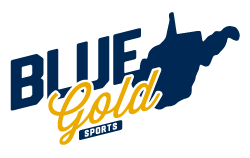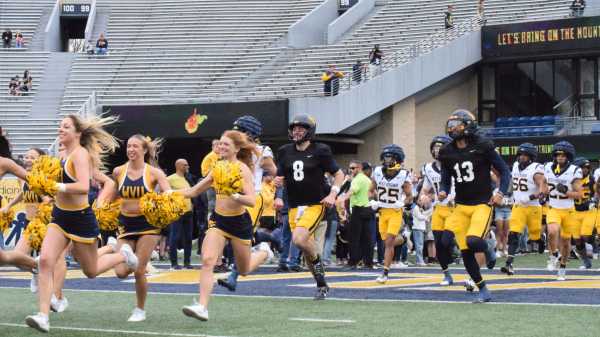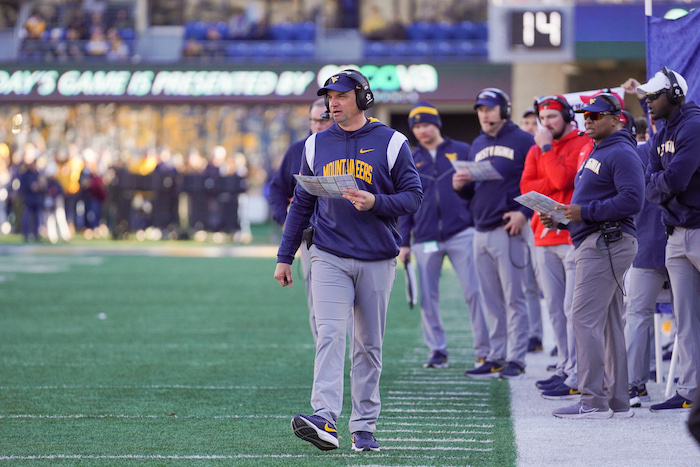While on the On3 podcast with Andy Staples, West Virginia football head coach Neal Brown spoke about the difficulty in calling plays in college football as well as the effectiveness of helmet communication.
WVU was one of the select teams that got to do a trial run for helmet communication, doing so against UNC in the 2023 Duke’s Mayo Bowl as well as the past two springs.
“If you look at our college sidelines, they look like clown shows right now. Different color shirts, you know a bunch of people and so the staffs have become so big and there’s people that are just designed to do that, people have real systems,” Brown said. “I think man we need to clean that up and I’ve been a huge proponent of this probably for the last three years is, the technology is there it makes no sense for us not to be able to do it (have helmet communication), the helmet manufactures are okay with it.”
In their bowl game, the Mountaineers had two linebackers and two safeties with helmet communication on defense along with just quarterback Garrett Green with it on offense, although they could’ve had more.
” So, we used in the bowl game. It was very good for us, I could talk directly as the play caller I talk directly to the quarterback. Our defense coordinator talked directly to the linebackers and the safeties,” Brown said. “The thing that’s probably surprised me, I knew the benefits offensively, you know how it would benefit us but it really helped us defensively.”
West Virginia held the Tar Heels to 339 all-purpose yards while creating three turnovers (two interceptions and one fumble).
“We didn’t signal at all on defense in the bowl game,” Brown said. “Our linebackers talked to the d-line and their safeties talked to the corners and that’s how we did it and it was really effective.”
With WVU getting used to the technology, they worked through flaws and found out what worked for them while preparing for UNC, especially offensively.
“The first couple of days we did it, I just told Garrett (Greene), I was like ‘hey listen you’re not going to hurt my feelings, just tell me what’s enough and what’s what’s not enough.’ And so, he gave me some good feedback. And essentially what I did is I gave him the play and then if I wanted to remind him something, if like we were doing a protection that I wanted to remind him who his hot was, I would say that and that was about it,” Brown said.
With helmet communication nearing approval in the NCAA, Brown hopes and expects it will get passed as well as other technologies to improve performance in-game.
“I really do believe it’s going to get passed and it should. The is how many units are going to be on the field at one time, is there a cut-off or not? But I think you’ll see that and other technology pieces go through. Having access to iPads on the sideline and those types of things,” Brown said. “If you look at an NFL sideline and you look at a college sideline, drastically different. It’s just a bad look for college football (current signal calling) and this is an opportunity to clean it up.”
Discover more from Blue Gold Sports
Subscribe to get the latest posts sent to your email.




























